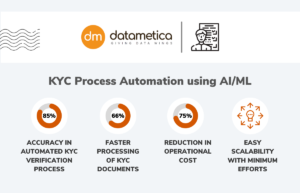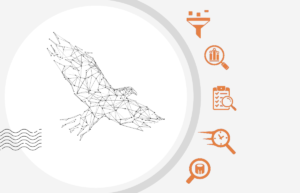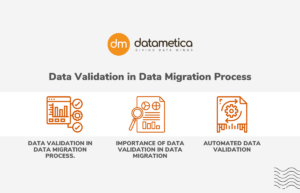FAQs
What is SQL code translation?
| The process of moving data from one location to another is known as data migration. Following that, SQL Data Migration is moving data to or from the SQL Servers. | SQL code translation is the process of converting SQL code from source platform to the target platform during data migration. SQL code translation is an important part of data migration, as it ensures that the data is accurately transferred from one database to another without losing any important information. |
How is SQL used in data migration?
Migrating databases involves four stages:
| SQL is commonly used in data migration to extract, transform, and load (ETL) data from one database to another. Here are some ways in which SQL is used in data migration:
|
What are the benefits of using SQL in data migration?
Following are some of the benefits of using SQL in data migration:
| There are several benefits of using SQL (Structured Query Language) in data migration. Here are some of the main advantages:
|





2 Comments